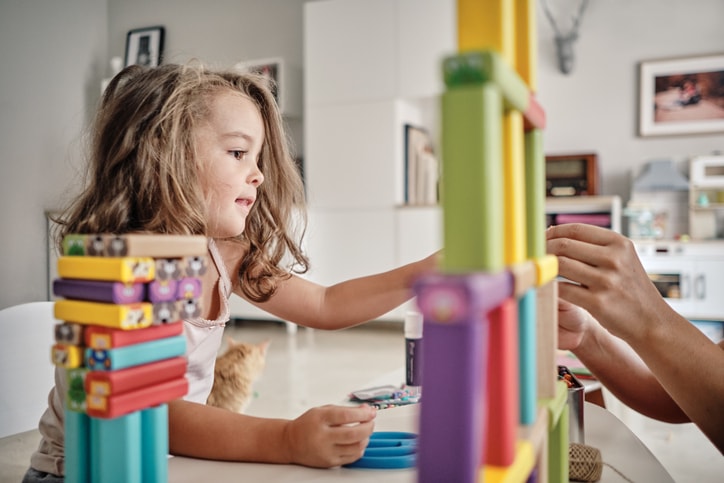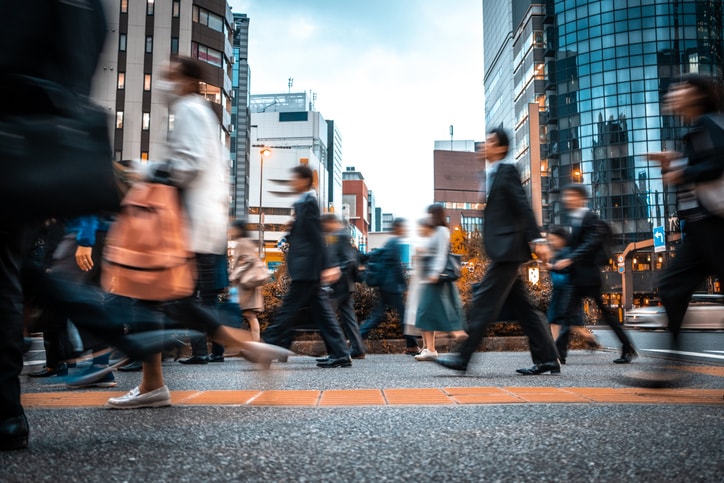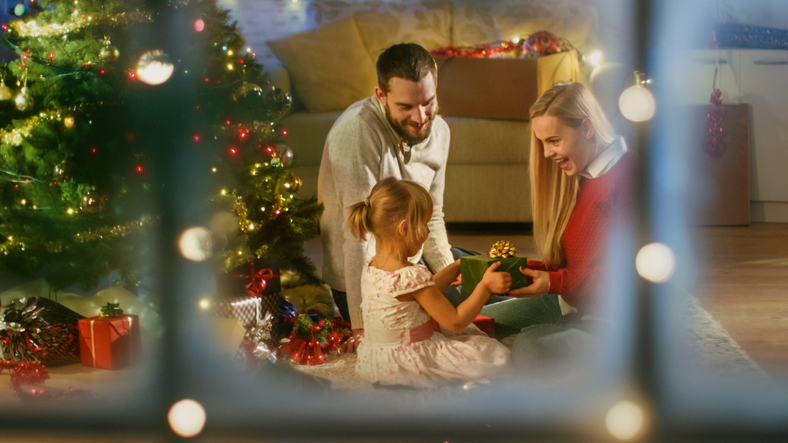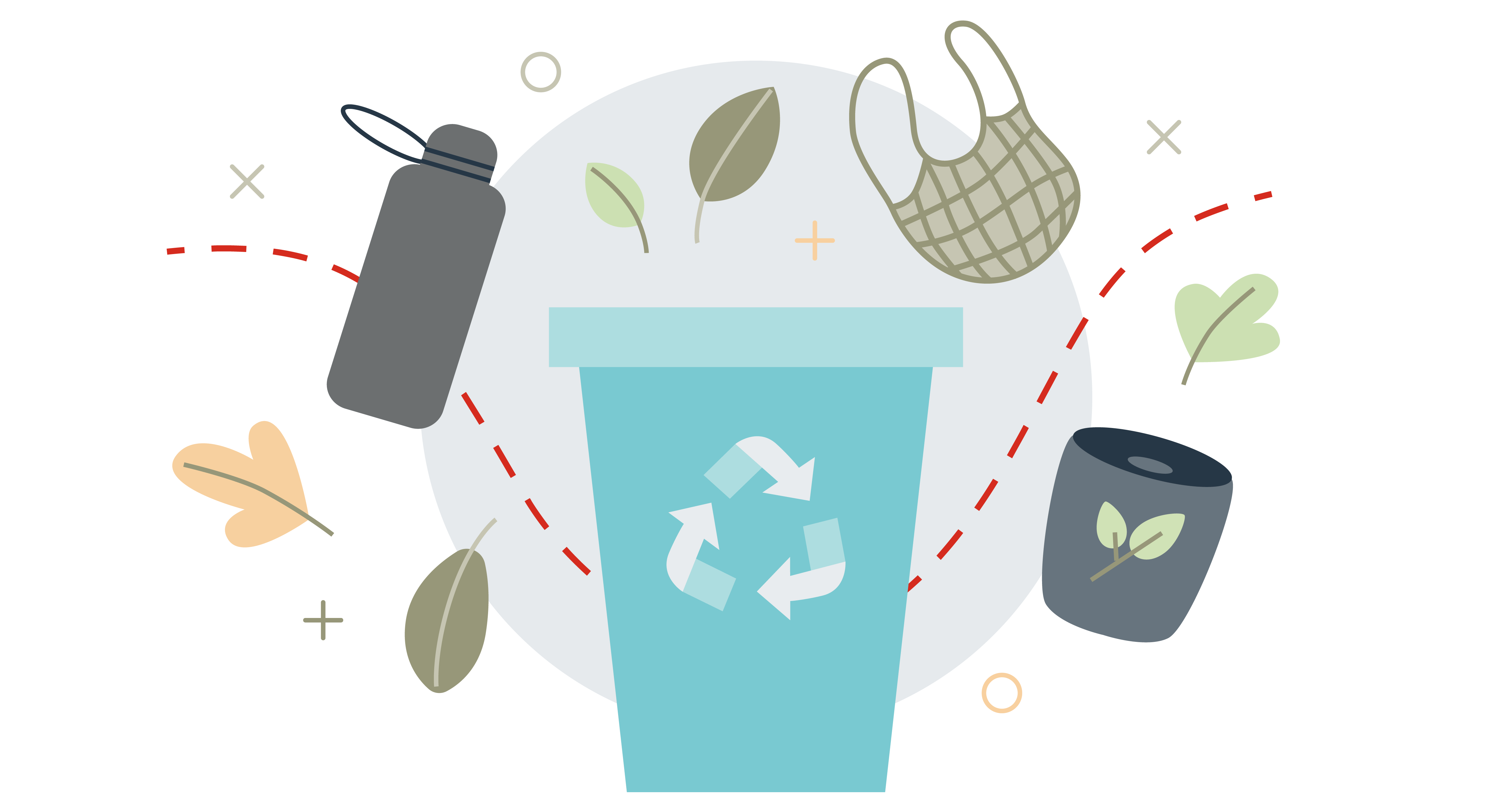Thursday, December 21, 2023
Christmas is approaching, a time for celebrations, festivities, and... toys! The toy industry is one of the most important sectors in Spain. However, recent measures by the European Commission regarding microplastics aim to examine its manufacturing processes.
At the end of September of this year, the European Commission issued a regulation designed to restrict the use of microplastics “intentionally added” to different products. By doing so, the EU demonstrates its commitment to the fight against pollution, as specified in the European Green Deal and the new Circular Economy Action Plan. This is because microplastics —objects measuring less than 5 millimeters— are one of the biggest threats to the environment. Thus, the Zero Pollution Action Plan, has established the target of reducing microplastic pollution by 30% before 2030.
We can't forget that these microplastics are found in very common everyday products. Most were surprised by the ban on glitter sales when it was announced, but the list is long and includes detergents, cosmetics, and toys.
The toy industry’s impact
The toy market was worth approximately $101.9 billion in 2022 and is expected to grow in coming years, reaching an estimated value of $135 billion in 2028. According to the Spanish Toy Manufacturers' Association (AEFJ), the Christmas campaign accounts for around 75% of the sector's annual sales.
Traditionally, toy manufacturing has been notorious for its environmental impact. From the use of non-recyclable plastics to the generation of mass waste, the industry is facing criticism for its contribution to environmental degradation.
However, social awareness about the impact that our actions have on the planet has grown significantly in recent years. According to the study Sustainability & Toys carried out by AIJU, toys are one of the main products in which sustainability is most important. 62% of the respondents think sustainably manufactured toys are not a fad and will remain present in the market. They also confirm that the materials used in the manufacturing process are key to determining whether a toy is ecological, with wood (74%), bamboo (64%), recycled plastics (63%), and bioplastics (60%) rated the best.
Toy companies are facing numerous challenges, but little by little the sector is making way for a new ECO category, which improves environmental impact and boosts the circular economy.
Transformations underway to becoming more sustainable
The AEFJ affirms that the sector is implementing measures related to reuse, cutting down on packaging, and the use of renewable energies in toy production. According to the Libera Report on the impact of plastic waste on nature, it’s essential for companies to develop sustainable prevention policies based on a circular economy and to improve the way they use materials in manufacturing processes.
Mattel, one of the most well-known toy companies, has designed a proposal to manufacture more environmentally friendly toys, using 100% recycled, recyclable, or bio-based plastic materials in products and packages by 2030. Many of their games are made of at least 56% plant-based materials and 26% are made of bio-circular plastics that are ISCC (International Sustainability and Carbon Certification) certified. In addition, packaging is created with 100% Forest Stewardship Council (FSC)-certified paper or paperboard, using soy-based inks and water-based varnishes to enhance recyclability.
Sustainability has also reached its most famous doll, Barbie, with the launch in 2021 of Barbie Loves The Ocean. Made of 90% recycled plastic, it aims to reduce environmental impact and ocean pollution. The AEFJ awarded the company with the Best Toy for a Sustainable World award, highlighting its commitment to protecting the planet.
Other ways to help decarbonize
Social awareness of toy reuse, one of the best examples of responsible consumption, is increasing significantly. When children stop playing with toys, they can get a second lease on life by being donated or coming up with other ways to use them. In this way, we help reduce consumption by applying a circular economy model.
An example of this is "Share and recycle," a charitable initiative created by the Crecer Jugando Foundation in collaboration with the SEUR Foundation and the Ecotic Foundation, which aims to promote the donation of toys that are no longer being used so that they can be recycled, redistributed, and reused.
In its last edition, the campaign managed to collect more than 131 tons of toys, with almost 35,500 units distributed among more than 34,600 children through 104 collaborating organizations. In addition, nearly 12.5 tons of electronic toys were recycled, which is equivalent to 30 tons of CO2.
¿Te ha parecido interesante?





